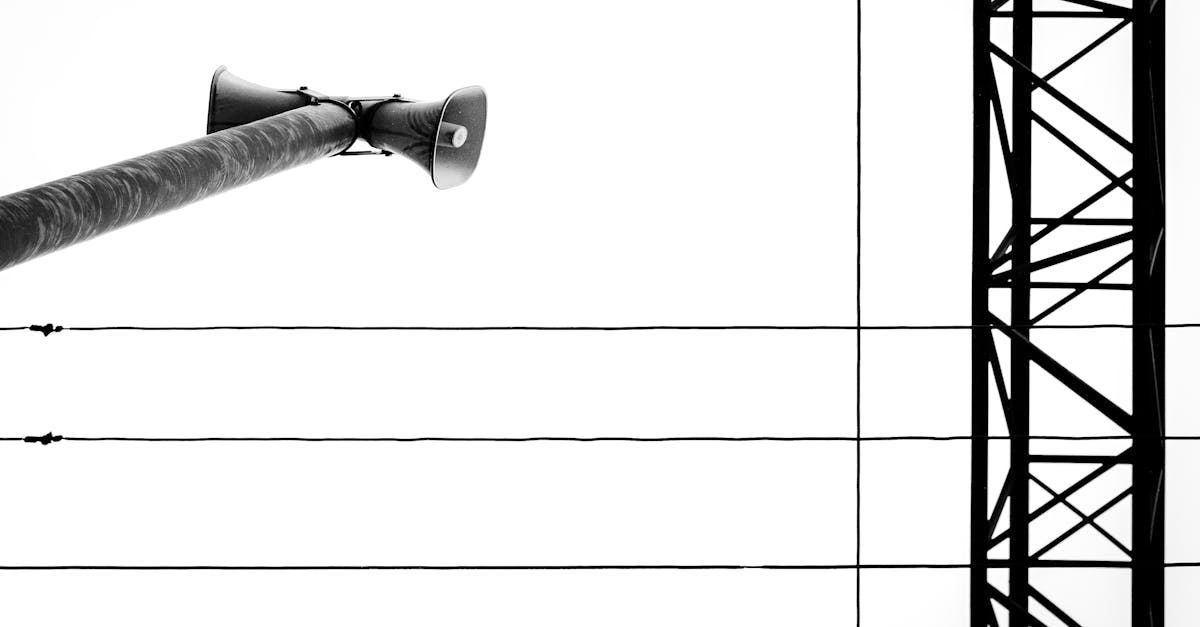
Introduction to Soundproofing
In a bustling world filled with constant noise, soundproofing a room can transform your living space into a serene sanctuary. Whether you're aiming to block out street noise, prevent disturbances from neighbors, or create a peaceful home office environment, soundproofing is a worthwhile endeavor. This DIY guide will break down the basics, providing you with practical solutions that won't require a professional. You don't need to overhaul your entire space or spend a fortune on complex systems. Soundproofing can be approached with simple, effective methods at home. Ready to dive into the peace and quiet you've been seeking?
Understanding Sound and Its Transmission
Sound travels primarily through air and solid materials, and understanding this is the first step in soundproofing. Vibrations created by noise travel through walls, floors, and ceilings, all of which need attention for effective soundproofing. Different frequencies of sound transmit differently; low frequencies are generally more challenging to control. Isolating the sources of sound transmission in your room can point you towards where interventions are needed the most. Whether it's airborne noise or impact noise (like footsteps), identifying these can help tailor your soundproofing plan. With this foundational knowledge, you're ready to tackle the nuances of DIY soundproofing.
Choosing the Right Materials
The materials you select play a crucial role in how effective your soundproofing efforts will be. Soundproofing materials largely work by increasing the mass and density of walls or ceilings. Heavy curtains, dense rugs, foam panels, and thick fabrics can effectively absorb sound waves. Consider adding an extra layer of drywall with green glue, a sound-dampening compound that helps reduce sound transmission between rooms. Weather-stripping and door sweeps can fill in gaps and prevent sound from leaking through. Each material has its unique properties, so selecting the right combination can dramatically improve results.
Addressing Walls and Ceilings
Covering bare walls with acoustic panels or specially designed wallpaper can significantly dampen noise. For ceilings, soundproof tiles or an acoustic drop ceiling could be effective solutions. Adding an additional layer of drywall can also help, creating a dense surface that absorbs sound. MLV (Mass Loaded Vinyl) can be an effective barrier when installed on walls and beneath flooring. Paying attention to wall outlets, gaps, and other small penetrations makes a significant difference in overall soundproofing, as noise often finds its way through the smallest spaces.
Optimizing Doors and Windows
Doors and windows tend to be major weak points in soundproofing, as they are pathways where sound can freely travel. Consider installing door sweeps on bottom edges or using solid core doors that block sound better than hollow core ones. For windows, heavy curtains or double-glazing can significantly reduce noise intrusion. Acoustic caulk or weather stripping can fill in gaps around window frames, enhancing their soundproofing capabilities. By ensuring these elements are adequately sealed and optimized, the overall sound isolation within your room will be improved.
Flooring Solutions for Better Acoustics
Sound often travels through floors, whether it's conversation, music, or bustling footsteps. Adding layers to your flooring is a soundproofing strategy that's both practical and aesthetic. Plush area rugs or carpet tiles combined with a thick underlay provide padding that absorbs sound. Soundproof mats or rubber underlayment can also be installed under existing floors. For a full transformation, a floating floor system may be worth considering, which isolates the flooring surface from the subfloor, minimizing sound transfer.
Simple Additions for Extra Soundproofing
While substantial structural changes help, there are simple add-ons that can also bring about noticeable improvements. Acoustic foam panels placed strategically around the room can soften harsh echoes. Bookshelves filled with dense books provide an added layer of mass against sound. Using plants can help diffuse sound waves and add a decorative touch. Fabric wall hangings or woven tapestries can further enhance sound absorption. Every little addition contributes to creating a quieter, more peaceful atmosphere.
Tackling Common Soundproofing Issues
Many DIY enthusiasts encounter challenges such as insufficient results or unexpected sound leakage. Double-check all areas where noise might travel, re-evaluating existing solutions for potential improvements. Assess if there's enough mass and density in your materials to effectively block noise. Leaks in corners, around electrical fixtures, or around windows and doors can often be the culprits behind stubborn noise issues. With careful assessment and small tweaks, many of these issues can be corrected, improving the overall effectiveness of your soundproofing efforts.
Cost-Effective DIY Soundproofing Tips
Soundproofing on a budget is possible with some creativity and resourcefulness. Use recycled materials like thick wool blankets or carpets to dampen sound. Shop for second-hand furniture to boost mass in rooms. Search for sales on soundproofing materials or look for bulk purchase discounts. Small adjustments, like layering curtains, doubling up on rugs, or creating makeshift barriers, can be implemented without breaking the bank. DIY soundproofing offers a way to explore unique solutions that are both effective and cost-conscious.
Summing Up Your Soundproofing Journey
Embarking on your soundproofing project can transform your space into a haven of quiet and tranquility. Each step in the process, from material selection to application, plays an important role in overall success. Whether you're soundproofing a home office, a bedroom, or a living room, implementing these strategies means you can enjoy serenity without professional intervention. Remember, even with small budgets, significant improvements are possible with attention to detail and careful planning. With patience and practical action, your DIY soundproofing efforts will reward you with the peace you've desired.